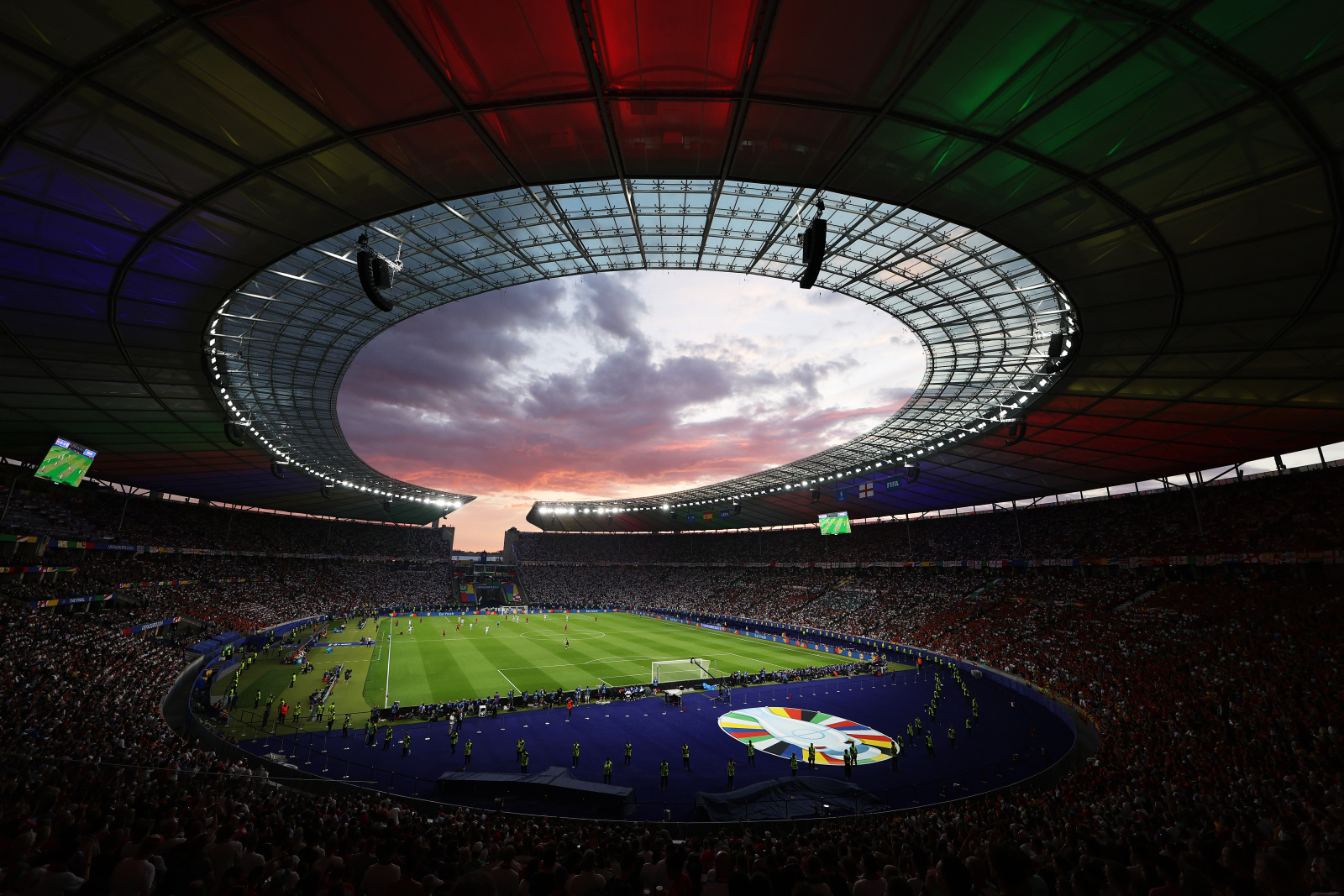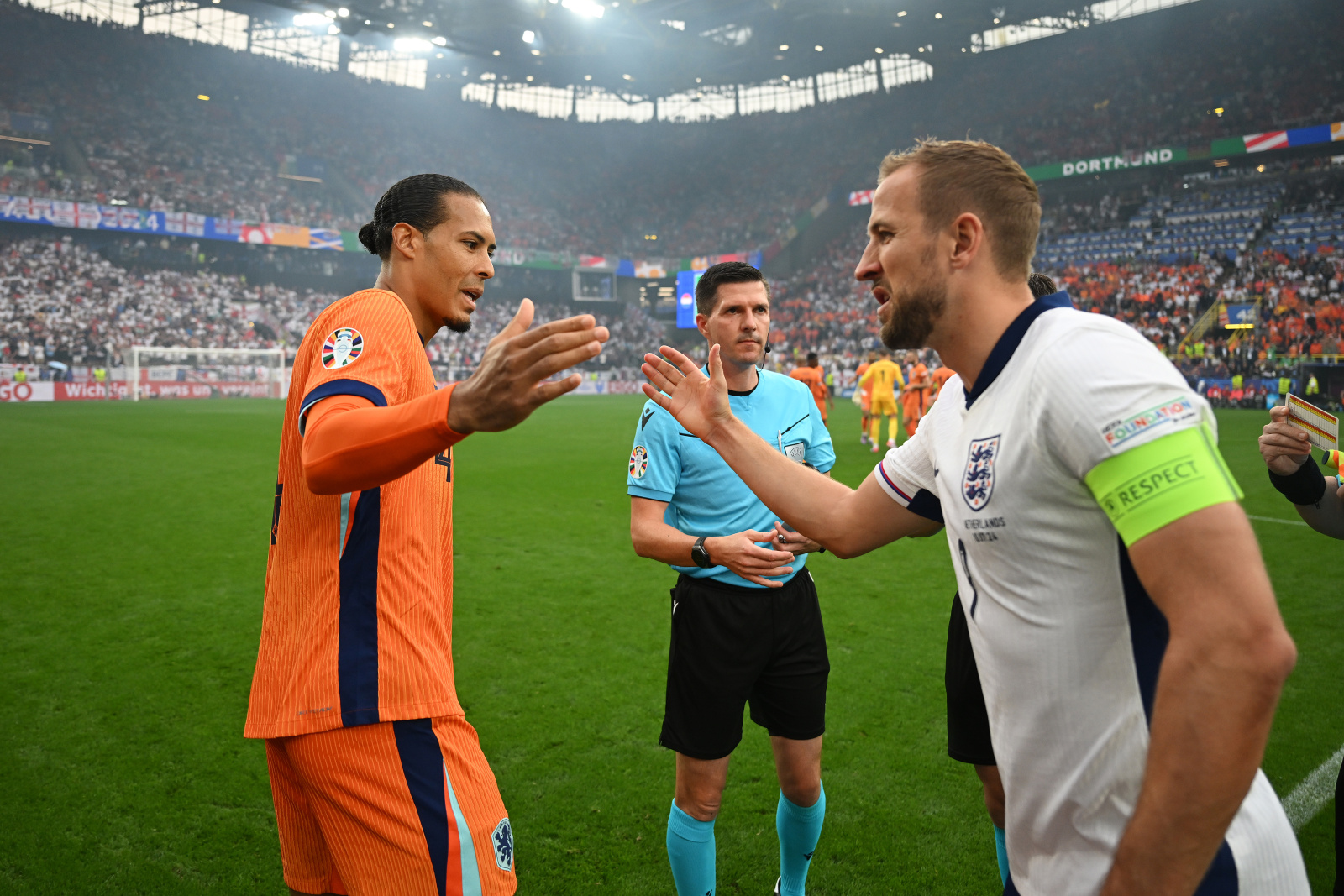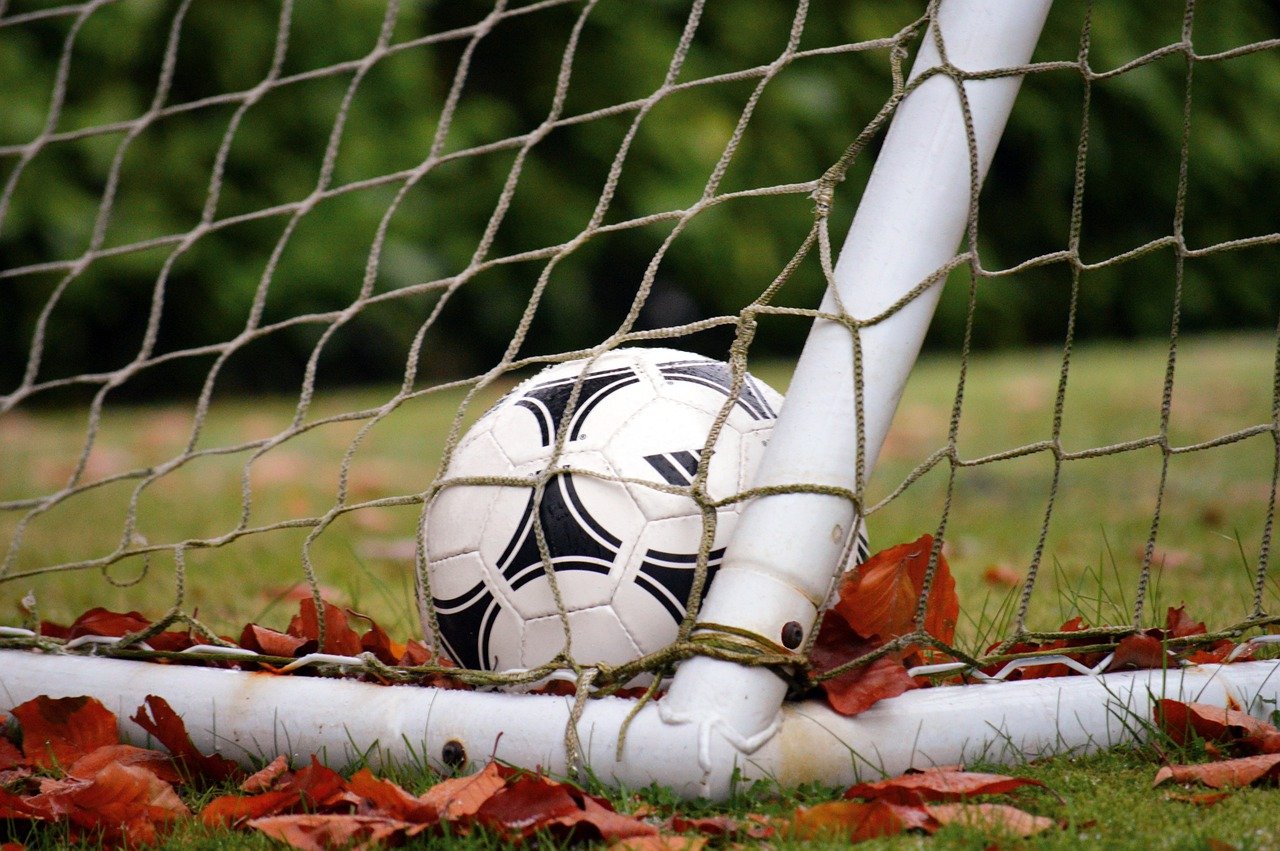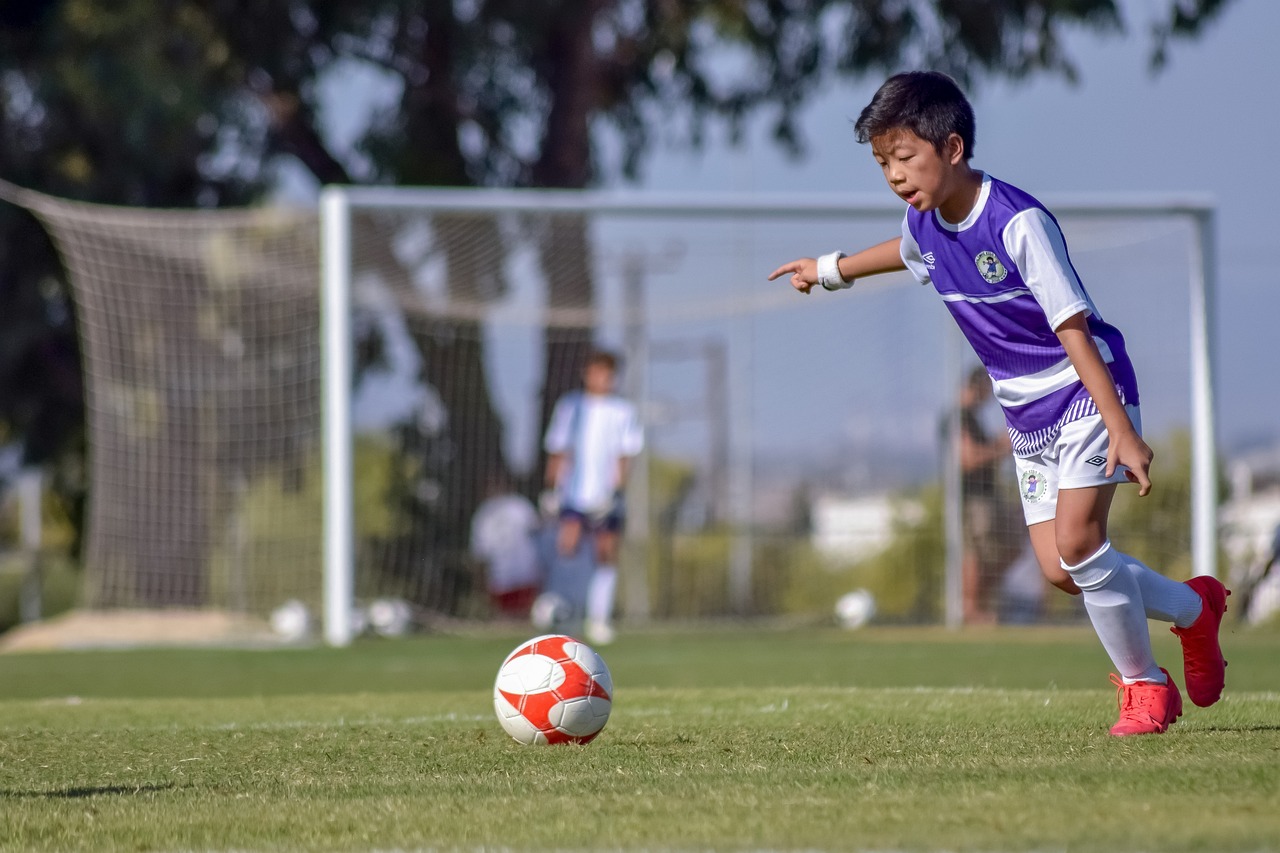How Should Kids Kick a Soccer Ball: Essential Techniques for Young Players
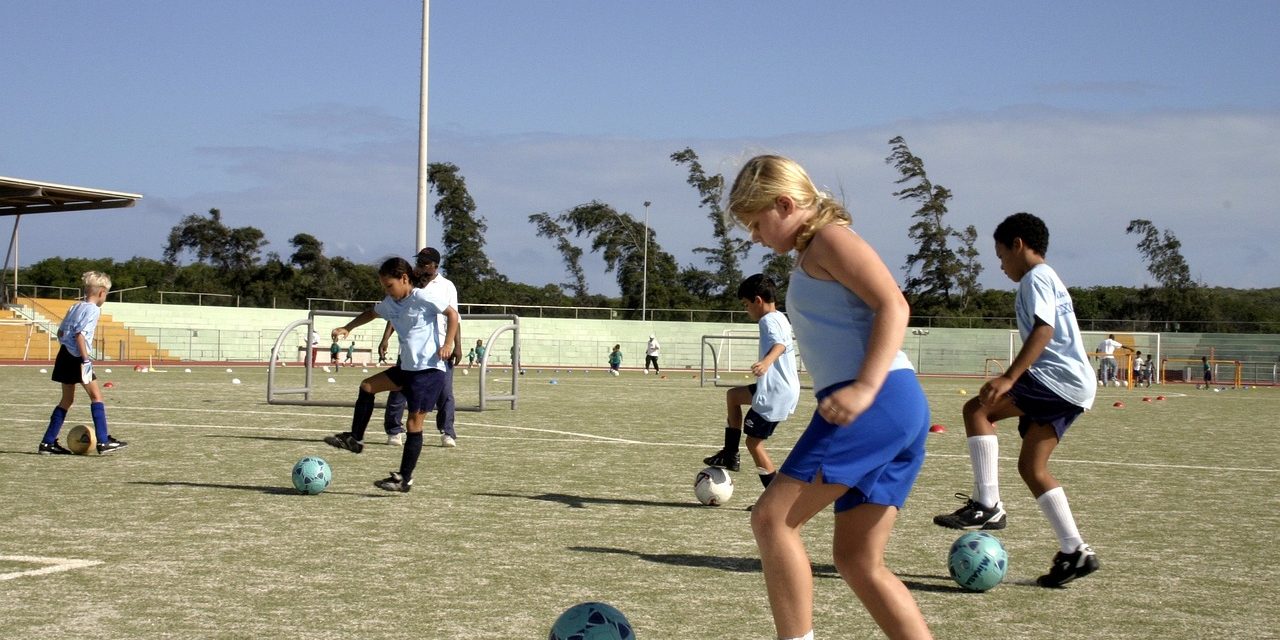
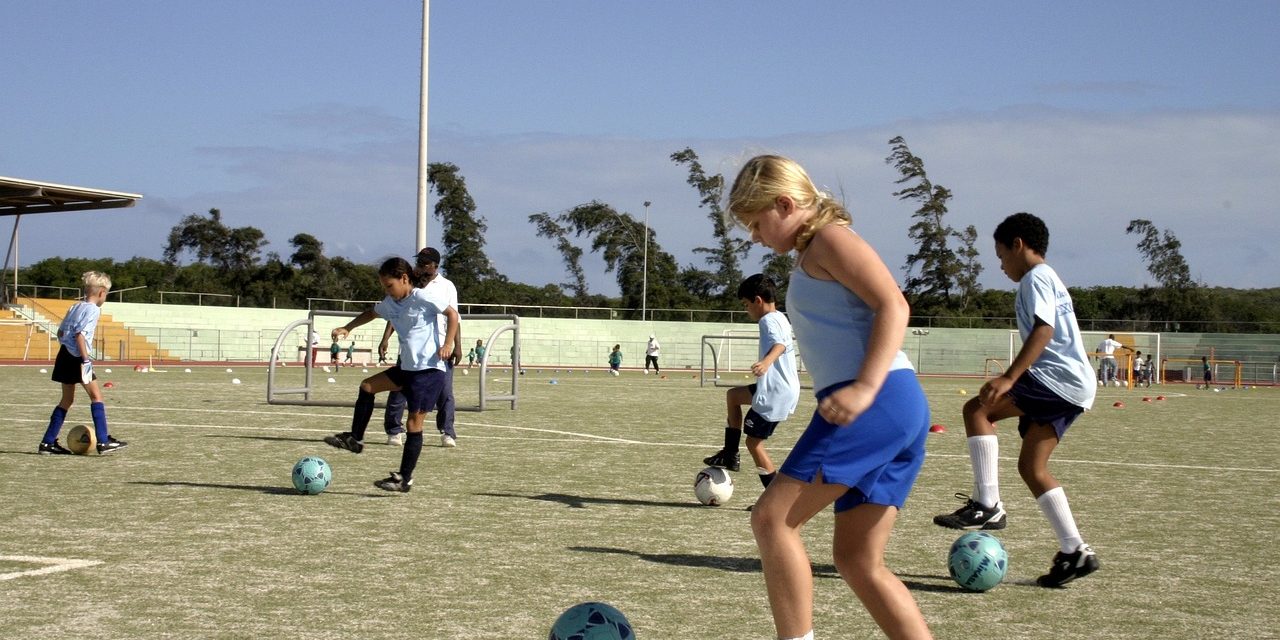
Table of Contents
Teaching kids how to kick a soccer ball involves more than just showing them the motion of swinging a leg at the ball. It’s essential for young players to understand the mechanics behind a solid kick to perform consistently on the soccer field. Proper kicking technique can help minimize injuries and increase both accuracy and power. Beginners must learn to position their plant foot correctly, use the appropriate part of the foot to strike the ball, and follow through with their kicking leg to direct the ball accurately.
A fundamental skill for any soccer player is passing, which requires precision and control. For this, kids should learn to lock their ankle and use the inside of their foot, which offers a larger surface area and greater stability. This technique helps in achieving more accurate passes to teammates. As they progress, it’s also important for kids to learn to look up before they kick to gauge the positions of other players and the target, be it a goal or a fellow player. Being aware of their surroundings helps them make informed decisions on the field.
When aiming for power, like when taking a shot at goal, it is tempting for young players to simply kick the ball as hard as they can. However, this often results in a loss of control and reduced ball speed. Developing a more effective shot involves a combination of proper body positioning, setting up the kick with an eye on the target, and applying the right technique to strike the ball with the right part of the foot. With practice, children can learn to connect with the ball in a manner that maximizes power without sacrificing precision.
Understanding the Basics of Soccer Kicking
Kicking a soccer ball effectively requires a blend of technique, power, balance, and control. This section offers insights into the fundamental components of a successful soccer kick and how young players can set themselves up for success on the field.
Anatomy of a Proper Soccer Kick
Kicking Technique: The technique used to kick a soccer ball can vary depending on the desired outcome. However, there are core fundamentals that should always be in place. A good kick begins with proper foot placement; to generate power, the foot should strike the ball with the laces or instep, not the toes. The ankle should be locked to provide a stable surface upon impact. Balance is maintained by placing the non-kicking foot alongside the ball, and the kicking leg should follow through in the direction of the target to ensure both power and accuracy.
Body Position and Balance: The angle of the body relative to the ball can significantly affect the power and accuracy of the kick. Balance is critical, and players should lean slightly over the ball when striking. Eyes should be on the ball, and arms should be outstretched to aid in stability.
Setting Up for Success
Preparation is Key: Before executing a kick, a player must assess their surroundings and position themselves correctly. This requires being alert to the movement of other players and spatial awareness to determine the best course of action once the ball is received.
Practice and Repetition: Like most skills, mastering the soccer kick requires practice. Consistent repetition of the proper technique helps develop muscle memory and improves both the control and power of a player’s kicks. Practicing kicking for distance, accuracy, and under different playing conditions can further refine a player’s skill set.
In conclusion, by internalizing the fundamental components of a soccer kick and consistently applying them in practice, young players can develop the confidence and proficiency needed to excel in the game.
Developing Strong Kicking Techniques
To teach kids how to kick a soccer ball effectively, it’s critical to focus on mastering the correct techniques from the start. A solid foundation in various kicking styles as well as the balance between accuracy and power contributes to a young player’s overall growth and proficiency in the game.
Mastering Different Kinds of Kicks
Developing strong kicking techniques starts with understanding the different types of kicks used in soccer. Each type of kick uses a different part of the foot and technique:
- Inside of the foot pass: This is where the player uses the inside of their foot, offering better control and is often used for shorter passes.
- Laces (Instep drive): For powerful, long-distance shots or passes, players should use the part of the foot where the laces are found. It’s essential to follow through the ball for maximum power.
- Outside of the foot: This technique is beneficial for curving the ball.
- Chip: When a player needs to lift the ball over an opponent, striking the ball with the toe under the ball with a flicking motion is helpful.
Practicing these kicks requires specific drills that target each skill. For instance, setting up a target practice for inside of the foot passes can improve accuracy, while repetitive shooting drills with a focus on locking the ankle can enhance laces kicks.
Accuracy and Power in Kicking
It’s not just about kicking the ball with all the strength a player has; it’s about how to strike the ball correctly to achieve the desired outcome:
- For accuracy: Players should plant their non-kicking foot beside the ball, about 10-15 cm away, pointing at their target to keep the shot direct and controlled.
- For power: When shooting for power, players should lock their ankle and position their body over the ball. Striking the center of the ball with the laces while keeping the toes pointed down, and following through the ball towards the goal, will generally create a more powerful shot.
Proper balance is also important. Leaning forward too much can reduce the power, while leaning back too much can send the ball flying over the goal. Practice is necessary to find the right balance and refine the striking technique.
By adhering to these methods and incorporating regular drills, young soccer players can enhance both the power and precision of their kicks.
Enhancing Game Performance
To improve game performance in soccer, kids need to focus on refining technique and applying strategic passing and shooting skills. Mastery in these areas leads to better possession and more successful plays during a match.
Effective Passing Strategies
Good passing is the backbone of soccer, enabling fluid play and creating opportunities to score. Key steps include:
- Ensure the non-kicking foot is placed alongside the ball, pointing towards the target, which provides direction and stability.
- Use the inside of the foot for better control; this passing technique is essential for younger players to learn as it allows for more accurate passes to a teammate.
Developing skill with both feet is also vital for a player’s adaptability and unpredictability in the game.
Advancing Shooting Skills
A powerful soccer shot originates from proper technique and body mechanics, resulting in the ability to drive the ball with force.
- When preparing to shoot, taking a large stride before the kicking motion helps build momentum.
- The ankle should be locked, with the toe pointed down to keep the shot low and driven.
Advanced skills, such as using different parts of the foot to shoot, can be introduced as players become more comfortable with basic striking techniques.
Engaging in Effective Practice
Optimal skill development in kicking a soccer ball requires structured practice. This section will provide guidance on solo and team drills, as well as the necessity of repetition and consistency in developing a child’s soccer skills.
Solo and Team Practice Drills
For solo practice, a child can focus on mastering the basic techniques such as a side-foot pass and shooting with the laces. Drills like passing against a wall help to improve accuracy and control. A simple solo drill includes:
- Dribbling: Dribble the ball in a straight line for 10 yards, using the inside and outside of the foot.
In a team setting, engaging in drills that mimic game situations helps to develop tactical understanding. A useful team drill is:
- Passing and Moving: In groups, players pass the ball amongst themselves while constantly moving to open spaces.
Repetition and Consistency
Repetition is the foundation of acquiring any new skill. Regular, focused practice helps embed the fundamental techniques of ball control and kicking.
- Daily Practice: Encourage children to practice their kicking technique daily, even if for a short duration.
Consistency in the approach to teaching and learning ensures steady progress and a deeper understanding of the game.
- Same Drill Sequence: Begin every practice session with a consistent set of drills to establish a routine that reinforces the fundamentals.
Additional Considerations for Young Players
Teaching young players the correct way to kick a soccer ball involves more than just the action of the kick itself. Coaches and parents need to focus on several key areas to ensure that children not only enjoy the game but also develop their skills appropriately.
Stress Management: Kids can feel pressured in sports environments. Coaches should strive to keep the atmosphere positive and encouraging, helping players to perform under pressure without feeling overwhelmed.
First Touch: Developing a good first touch is essential as it sets up the following action. Children should be taught to control the ball gently with both feet, which will improve their confidence in receiving and moving the ball.
Plant Foot Positioning: The non-kicking foot, also known as the plant foot, should be placed beside the ball during a kick. This helps with balance and accuracy, providing a stable base from which to shoot or pass.
Relaxation: Young players often tense up when trying to kick with power. They should be encouraged to relax, mainly focus on technique and let the power develop naturally as they grow stronger and more skillful.
Ankle Locking: Locking the ankle of the kicking foot provides stability and allows for a firmer impact with the ball. This is a fundamental aspect that should be introduced early in coaching.
Body Positioning: Proper body angle relative to the ball can significantly affect the success of a kick. Players should learn to lean forward slightly when passing or shooting to gain better control and power.
Inspiration from Idols: Players like Cristiano Ronaldo can serve as great role models. Showing kids how professional players kick can inspire them and give them something to aspire to in terms of technique and style. Coaches should use these examples as teaching moments to explain and demonstrate proper kicking techniques.
Incorporating these elements into coaching young soccer players can help them develop a more comprehensive understanding of the game and improve their kicking abilities.




